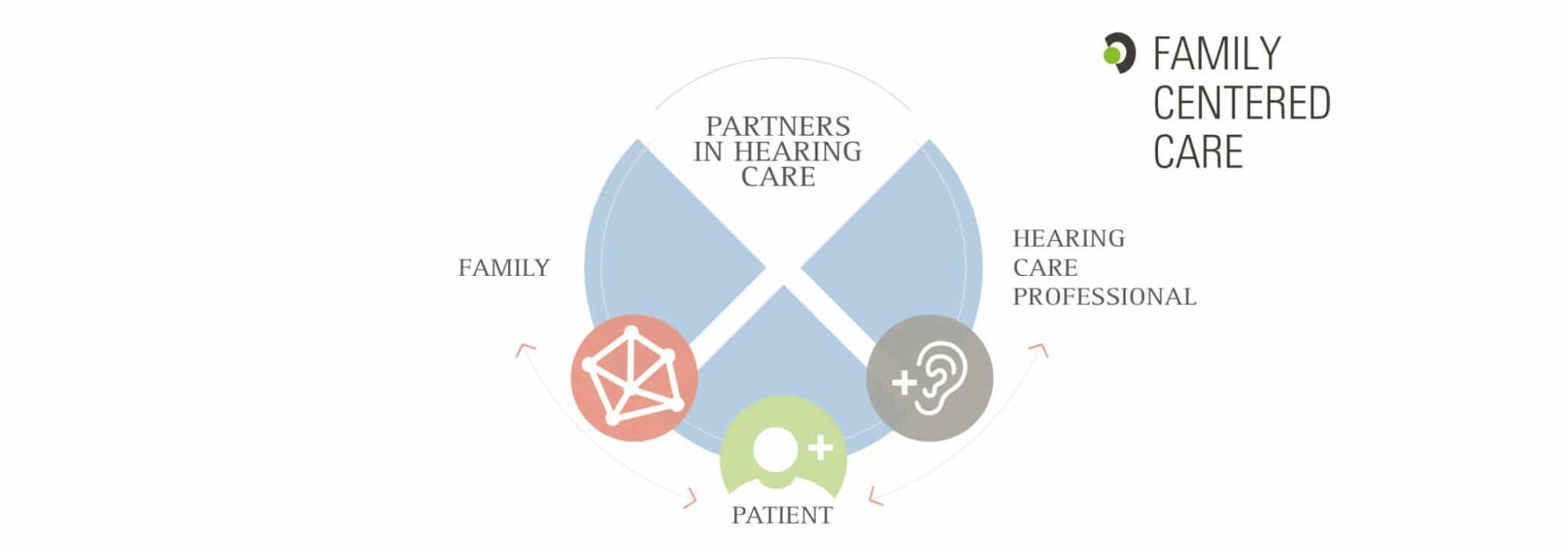Enhancing Learning: Addressing Auditory Processing Issues In Dyslexia
Enhancing Learning: Addressing Auditory Processing Issues In Dyslexia
Blog Article
Material Author-Bank Hove
When you think about the difficulties that dyslexic students deal with, it's clear that acoustic processing issues often play a substantial role. You may ask yourself how tailored approaches can bridge the gap between acoustic instructions and understanding. By integrating aesthetic help and damaging jobs into manageable actions, you might boost emphasis and understanding. Nevertheless, the remedies don't stop there. What other methods can develop a really encouraging learning setting that fosters success and confidence?
Understanding Dyslexia and Auditory Processing
Dyslexia influences about 1 in 5 people, making it among one of the most usual learning impairment. If you're navigating dyslexia, you could find that it does not just effect reading and writing; it can additionally affect how you refine auditory info.
Auditory processing refers to just how your brain analyzes sounds, consisting of language. When you battle with this, it can lead to obstacles in recognizing talked directions and adhering to conversations.
You might see that you frequently misunderstand what you listen to or that it takes much longer for you to react in conversations. This isn't a reflection of your knowledge; it's a specific problem related to processing acoustic signals.
Understanding this link is critical due to the fact that it helps make clear why you might master visual jobs while dealing with difficulties in tasks that depend on acoustic understanding.
Recognizing these challenges can empower you. By recognizing the details of dyslexia and auditory handling, you can better promote for your requirements, whether in educational settings or social circumstances.
It's important to recognize these problems so you can seek the appropriate support and strategies in the future.
Effective Approaches for Support
Browsing the obstacles of auditory handling can really feel overwhelming, however there work methods that can assist you thrive.
By executing these techniques, you can improve your understanding experience and improve your ability to process auditory info.
- ** Use visual help **: Matching auditory directions with visual assistances, like charts or layouts, can significantly enhance comprehension.
- ** Damage auditory processing disorder diagnosis into smaller sized steps **: Simplifying directions right into manageable portions allows you to concentrate and refine info better.
- ** Exercise active paying attention **: Participate in workouts that motivate you to pay attention attentively, such as summarizing what you have actually heard or asking inquiries for clarification.
- ** Integrate modern technology **: Use apps or software program made to help with auditory processing, such as speech-to-text tools or audiobooks, to strengthen knowing.
Creating Encouraging Discovering Atmospheres
Producing an encouraging understanding atmosphere is vital for assisting people with auditory handling difficulties prosper. Beginning by minimizing distractions in your classroom or learning area. Use acoustic panels or soft home furnishings to take in noise, which can help pupils concentrate far better. Make certain seating plans permit clear sightlines to the teacher and any aesthetic aids.
Next, integrate clear and concise interaction. Talk gradually and use easy language, checking for understanding regularly. Motivate students to ask inquiries if they're not sure. Visual help like charts, diagrams, and composed directions can enhance understanding and retention.
In addition, foster a society of perseverance and understanding among peers. learning disability test concerning acoustic handling issues, advertising compassion and assistance. Team activities can be beneficial; just make sure that roles are clear which students work together to sustain each other.
Finally, offer normal responses. browse this site and achievements, despite how tiny. This support builds confidence and enhances the idea that knowing is a journey.
Conclusion
In your journey to boost finding out for individuals with dyslexia, consider each technique as a tipping stone across a river. By weaving together acoustic and aesthetic help, breaking tasks right into bite-sized pieces, and supporting an encouraging environment, you help create a bridge to understanding. Remember, fostering empathy amongst peers and interesting households can light the course to success. With patience and commitment, you'll empower learners to soar above obstacles, changing their struggles into strengths.
